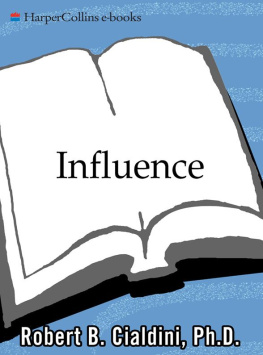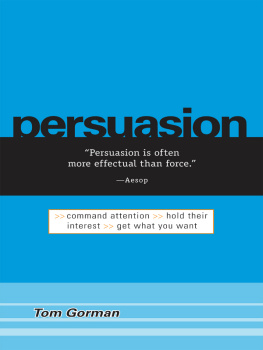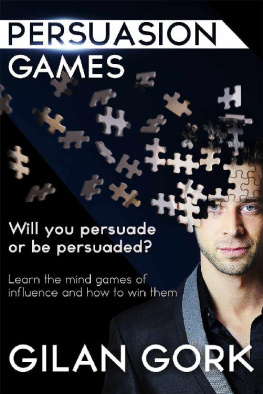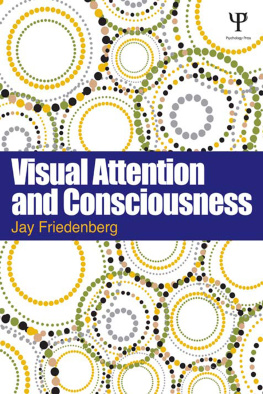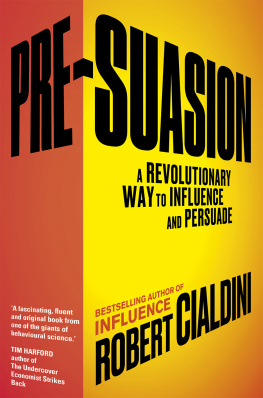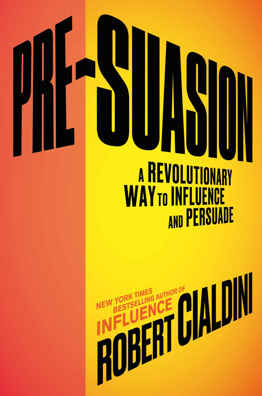Thank you for downloading this Simon & Schuster eBook.
Join our mailing list and get updates on new releases, deals, bonus content and other great books from Simon & Schuster.
C LICK H ERE T O S IGN U P
or visit us online to sign up at
eBookNews.SimonandSchuster.com
Contents
To Hailey, Dawson, and Leia. I never liked being bossed around by my superiors until I had grandchildren, who exposed me to the joys for all concerned.
Acknowledgments
I am grateful to a number of individuals who helped make this book a reality. At the top of the list is Bobette Gorden, who lived it with me from first to last word, offering the invaluable benefits of her potent mind, inerrant ear, and loving heart. OthersDoug Kenrick, Greg Neidert, Linda Demaine, Jennifer Jordan, Gerry Allen, and Charlie Mungerread individual chapters or sets of chapters and made excellent suggestions. Still others supplied consistently helpful feedback on the entire manuscript. Nigel Wilcockson delivered a cogent overview and excellent recommendations. Andrew White showed me how aspects of the text material could be profitably augmented with information from Internet sources. Richard Cialdini and Katherine Wanslee Cialdini endured long readings of chapter drafts and yet remained sufficiently focused to respond with much appreciated observations and support. Anna Ropiecka provided great commentary from the dual perspectives of a deep thinker and a non-native English speaker, which got me to sharpen my thinking and streamline my language.
Finally, two publishing professionals warrant special note, as each deserves not only my thanks but an unalloyed recommendation to any prospective author. My agent, Jim Levine, was a godsend, steering me through the entire process with never-flagging professionalism, ethicality, and acumen. Ben Loehnen, my editor at Simon & Schuster, was a forceful in-house advocate for the project and a source of exquisite editorial counsel for the writing process; the finished product is markedly better for his involvement.
I am a fortunate man to have had the assistance of this set of individuals.
Authors Note
In 1946 W. H. Auden published a poem with a line of stern advice: Thou shalt not sit with statisticians nor commit a social science. For a long time, even high-ranking decision makers seemed to concur, preferring to base their choices on intuition, personal experience, and anecdote. Although a name change was required in each instance (statistics is now data analytics, and social science is now behavioral science), those days are gone.
Theyve been replaced by an era of evidence-based decision making in the major institutions of society: business, government, education, defense, sports. Its an era that prizes information from big-data analysts and behavioral scientists. I have no direct knowledge of how the transformation occurred in the realm of statistical analysis, but Ive been able to observe firsthand the rise in the status of behavioral science through my experiences as a social psychologist and the author of the book Influence.
When Influence first appeared, in 1984, it had little impact. Sales were so disappointing my publisher withdrew allotted advertising and promotional funds, explaining that to do otherwise would be throwing money down a pit. Few readers were interested in what a social psychologist had to say about social influence. That ended four or five years later when sales of the book began rising, eventually to bestseller levels, where theyve remained ever since. I think I know what changed to cause the upswing: the times. By then, the idea of evidence-based decision making was gaining widespread acceptance, and Influence offered a type of valuable evidencefrom scientific, social psychological research into successful persuasionthat hadnt been available before, at least not in one handy place.
Two additional factors have played a role in the current popularity of such social psychological analysis and, by extension, of Influence . The first is the rise of behavioral economics, an approach to understanding human economic choices that has challenged and, in certain domains, swept away classical economic thinking. Although staking out its own territory, behavioral economics has incorporated aspects of social psychological thinking (for instance, the frequent irrationality of human conduct) and methodology (randomized, controlled experiments).
Some of my colleagues feel that behavioral economists have robbed them of credit by claiming various discoveries as their own without acknowledging existing, highly similar social psychological findings. I dont share the resentment. Although theres some overlap, its not extensive. Moreover, if anything, behavioral economics has raised the public stature of social psychology by adopting some core features and legitimizing them in the minds of decision makers. There was a time, as recently as ten years ago, when social psychologists wouldnt be invited to international conferences on government or economic policy. Again, those days are gone.
The other contributor to the current acceptance of social psychological approaches is the newfound willingness of social psychologists to present their work (and its relevance) to the public. Its a turnabout Id like to think that Influence helped produce. Before its publication, most of my colleagues didnt feel safe, professionally, writing for a popular audience. Indeed, if social psychology had been a business, it would have been known for having great research and development units but no shipping department. We didnt ship, except to one another in academic journal articles that no general reader was likely to read. An observation by the legal scholar James Boyle captures the main reason: You have never heard true condescension until you have heard academics pronounce the word popularizer . That is changed today. Social psychologists, as well as myriad other behavioral scientists, are communicating with the broader community like never before in widely appreciated blogs, columns, videos, and books. In this respect, behavioral science is in a kind of Golden Age.

Pre-Suasion seeks to add to the body of behavioral science information that general readers find both inherently interesting and applicable to their daily lives. It identifies what savvy communicators do before delivering a message to get it accepted. Their sharp timing is what is new here. Older voices have recognized the wisdom of undertaking prior action to secure subsequent success. In asserting the value of early planning, the ancient Chinese military strategist Sun Tzu declared, Every battle is won before it is fought. Consultants are taught to gain a clients business by first attaining the status of trusted advisor. Dale Carnegie assured us, You can make more friends in two months by becoming genuinely interested in other people than you can in two years by trying to get people interested in you. All wise counsel. But theres a drawback: days, weeks, or months of prior activity are required.
Is it possible to enhance effectiveness not only within those lengthy time frames but also in an instantthe last instant before a communication is sent? Not only is it possible, it is established. Communicators can elevate their success by knowing what to say or do just before an appeal. Marcus Tullius Cicero, the Roman orator of the first century BCE, recognized the sway of certain long-standing influences on human conduct, proclaiming, Oh, the times! Oh, the customs! The material in Pre-Suasion implicates a much more immediate and manageable source of influence: Oh, the moment!
Next page

